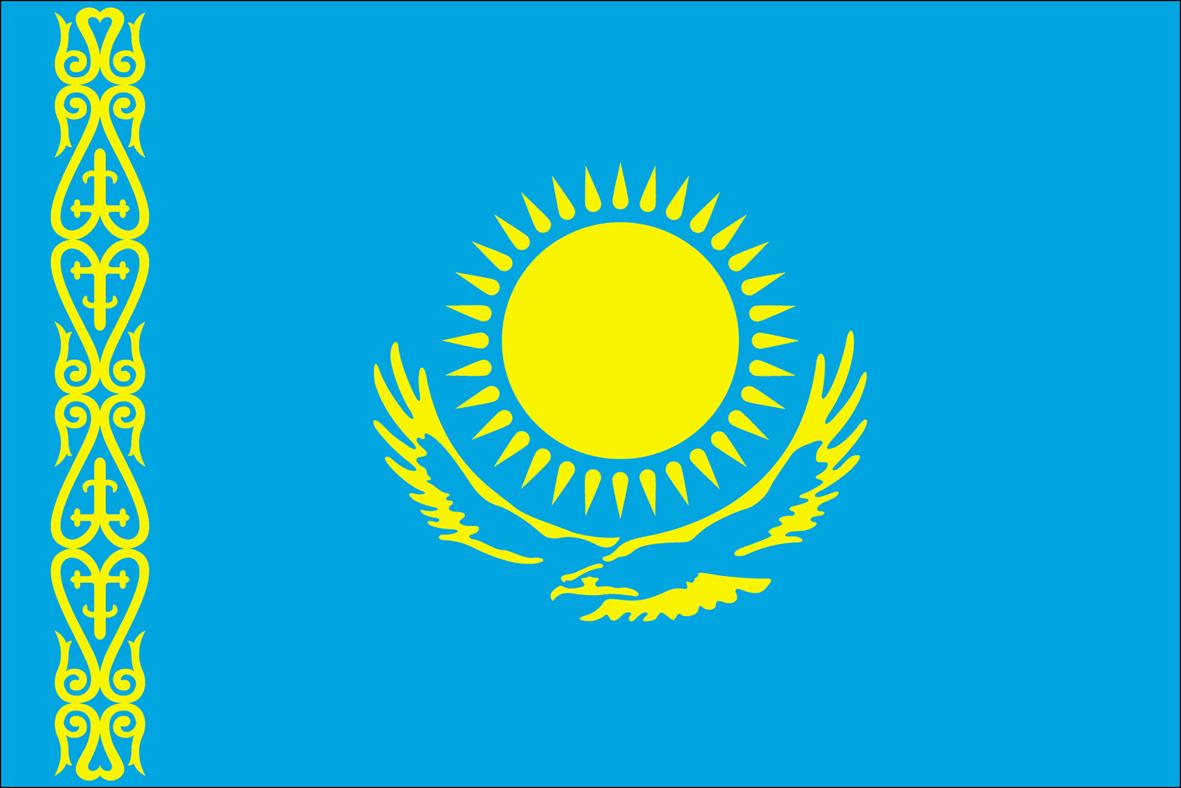كوريا الشمالية
Temples, palaces, tombs and other ruins marked the route of the Silk Roads as it reached its eastern terminus in the Korean peninsula. Some local resources, such as the discovery of pottery decorated with silkworms, suggest that silkworm breeding may have been practiced in the Korean Peninsula 5,000 years ago.
Additionally, there is evidence that goods from the region, including ginseng, furs, and skins, flowed westwards along these routes towards China and Central Asia during the Koguryo era (3rd – 7th century CE).
The surrounding regions considered the silks of the Koguryo and Koryo dynasties to be amongst the finest available. They were exported from Kaegyong, the capital of the Koryo dynasty at the time, through Huangzhou and Beijing or directly to the Indian subcontinent and the eastern Mediterranean regions.
In Samarkand, Uzbekistan, a fresco on one of the palace walls depicts two Koguryo envoys seeking alliances in Central Asia. At the same time, Koguryo (Baekje) culture was making a strong impact on Japan where art and architecture clearly influence by Korea such as the Takamatsuzuka mural, Fuzinoki tombs and Asuka temple were produced.





